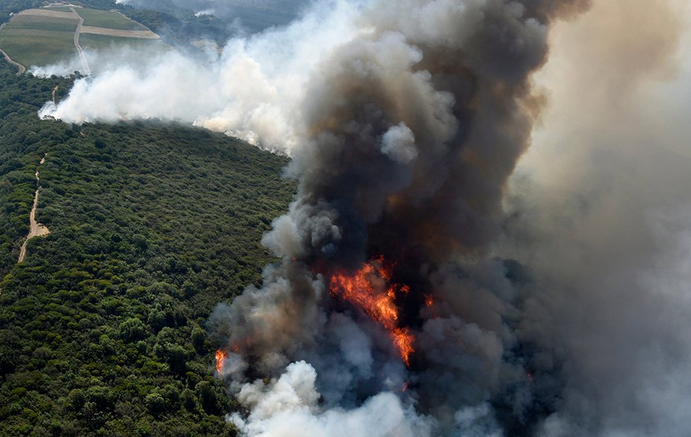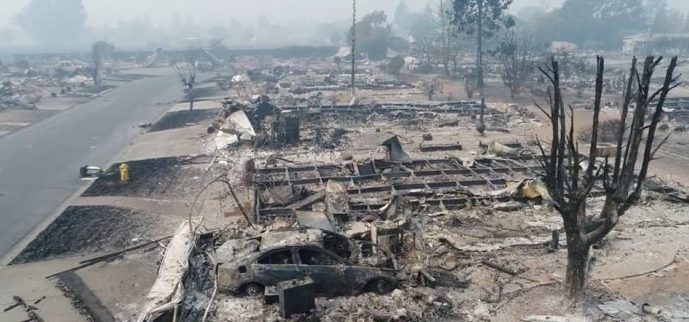Funding Strategies for Wildfire Recovery Efforts
For many of us, it feels completely unfathomable that we could be facing another major natural disaster. To go from back–to-back-to-back hurricanes to earthquakes to devastating wildfires across California, well, my heart is just broken. There are, however, several tangible and effective ways to help. First and foremost, we recommend supporting the community foundations in […]

For many of us, it feels completely unfathomable that we could be facing another major natural disaster. To go from back–to-back-to-back hurricanes to earthquakes to devastating wildfires across California, well, my heart is just broken.

There are, however, several tangible and effective ways to help.
First and foremost, we recommend supporting the community foundations in the affected region. Please see our wildfire disaster profile for a list of funds and donors.
Second, philanthropists wanting to bring relief to fire-ravaged areas for the immediate future and long-term prevention and recovery efforts could:
- Award loans and grants for rebuilding damaged homes and businesses. Currently there is a $1.5 million cap on loans for recovery through the Small Business Administration’s Economic Injury Disaster Loan program. That amount may not cover what’s needed, and monies that are allocated may be slow to arrive.
- Support local agencies on the ground throughout the disaster life cycle, especially those that work with vulnerable populations. Those in already precarious situations—such as the elderly, sick, and poor—may find their circumstances worsened in the face of disaster. Mental health providers, food banks, and organizations working with children or the elderly, for example, must have plans in place to mitigate the disaster’s effects and reduce confusion and duplication of efforts.
- Fund drought mitigation efforts. These may focus on sustainable agriculture, water conservation, or even land use. An emerging area for research, according to the National Drought Mitigation Center, is land use patterns that “maintain the integrity of watersheds and that have a smaller paved footprint result in greater resilience in the face of drought.”
- Invest in public awareness and educational campaigns as well as dissemination of best practices in wildfire and drought mitigation. Simple efforts such as clearing flammable materials from 100 feet around the house may help prevent property damage, for example. Fires can also be started by misuse of equipment such as grills, which can be averted with proper knowledge. In addition, consider supporting efforts that support smart growth plans.
- Assist businesses in developing business continuity and disaster recovery (BC/DR) plans to reduce economic impact. These plans should include, for example, contingencies for displaced workers, back up of data, and alternate facilities for continuing operations in the event of property damage.
- Support the creation of “smart growth” efforts. Smart planning can help mitigate wildfires, or prevent them all together.
More like this

Northern California Wildfire Grants Support Most Vulnerable

